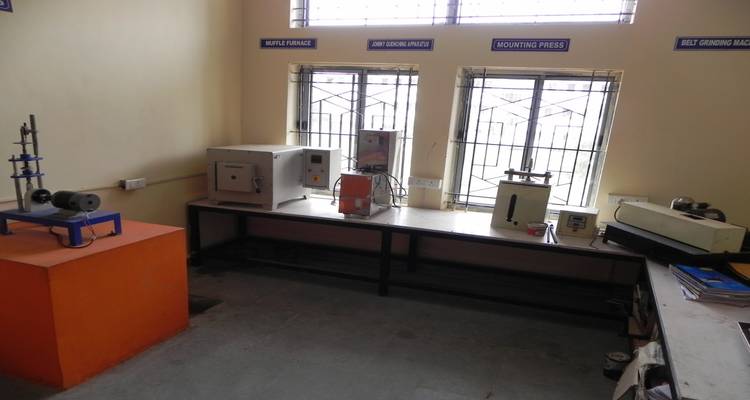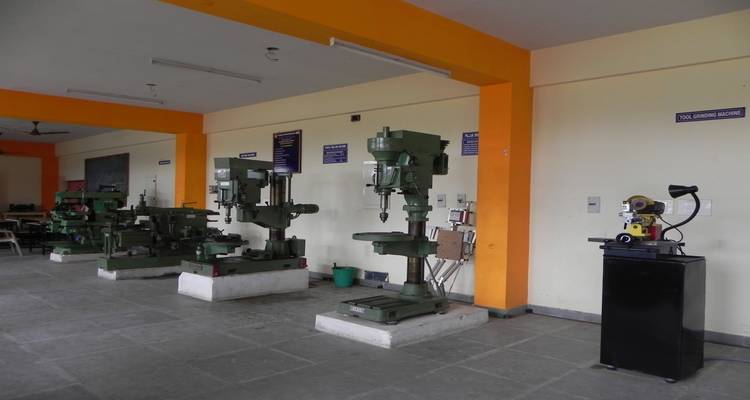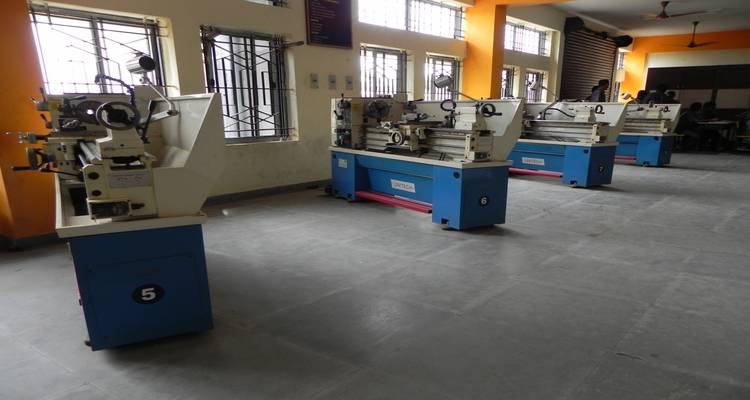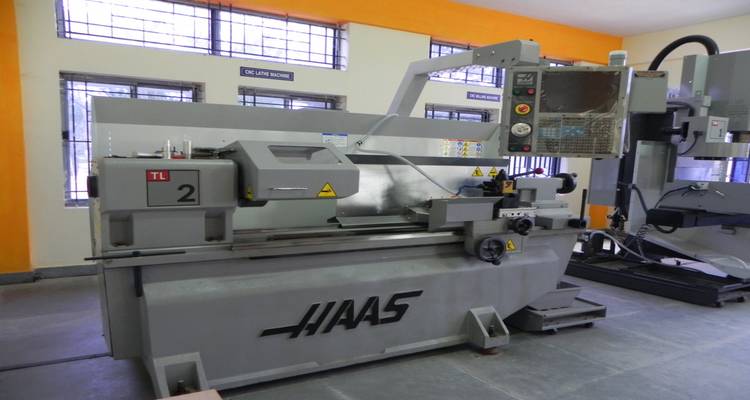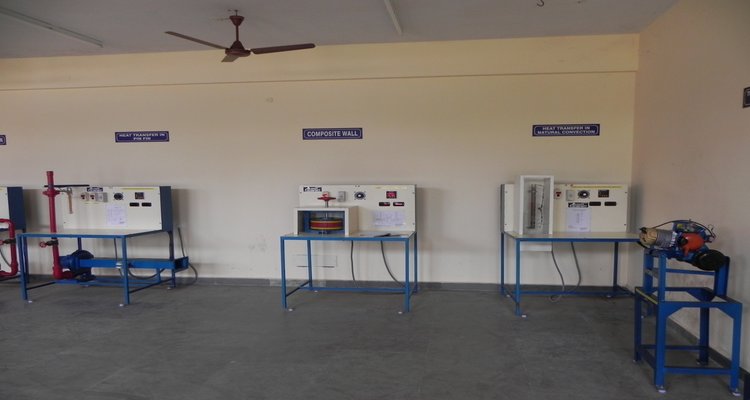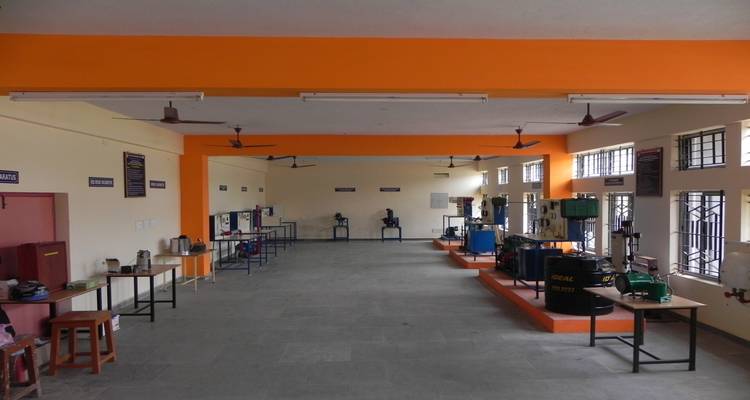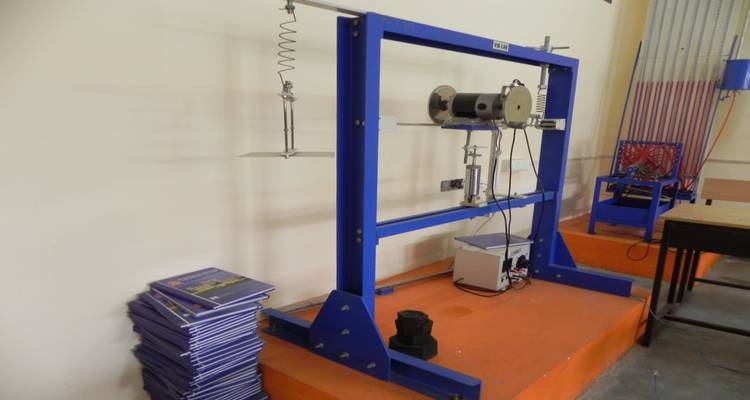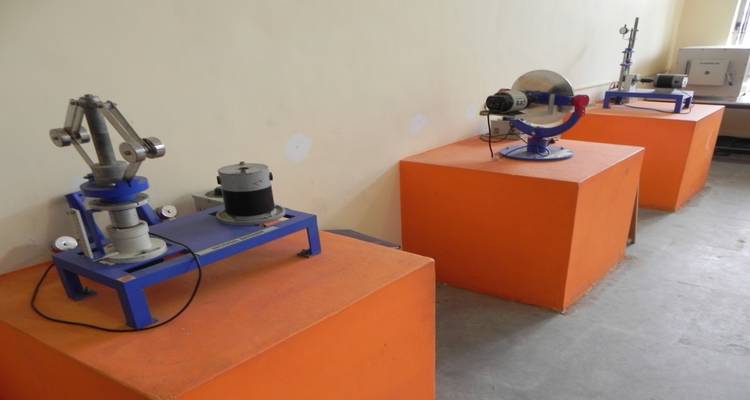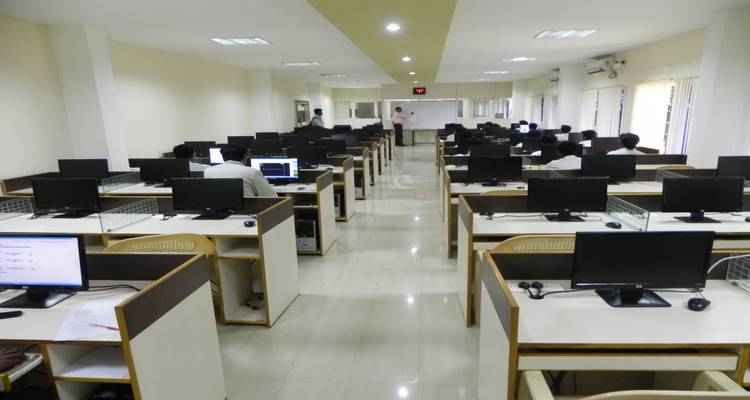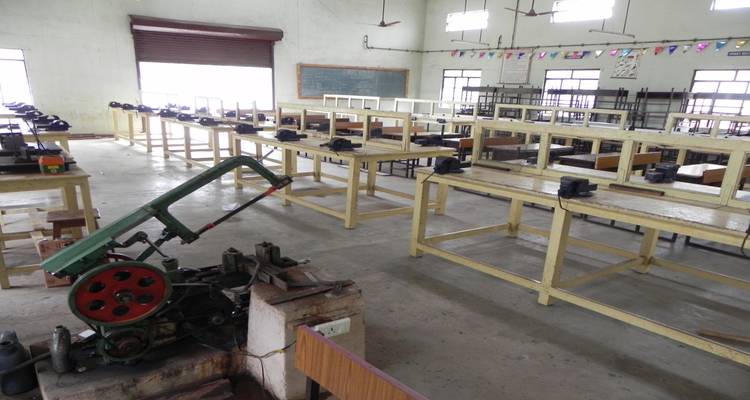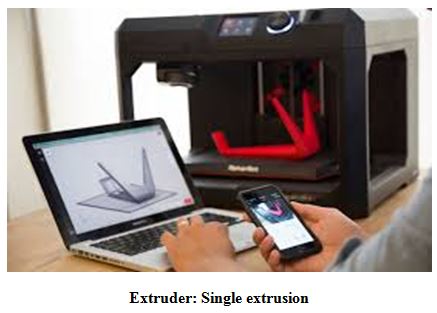This lab has basic fluid mechanics and hydraulic machinery set-up. This lab is equipped with different flow measuring set-ups for fluid mechanics such as venturi meter, orifice meter, notch, weir and different pump set-ups for hydraulic machinery where students can visualize the basic theory of working flow meters and pumps.
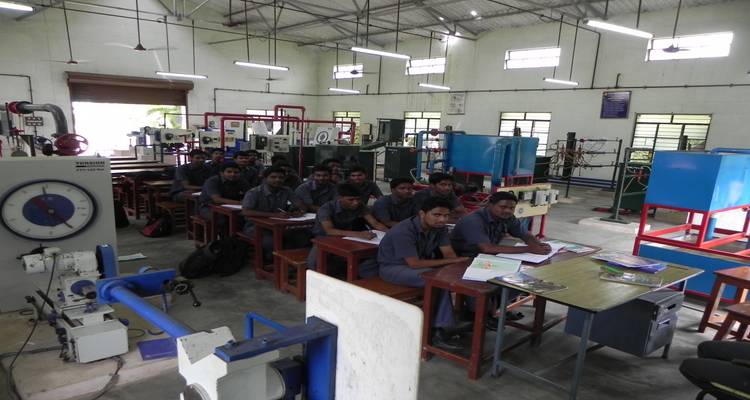
Study and performance test of the following hydraulic machines
The primary focus of the Metallurgical and Materials lab is to provide with a fundamental knowledge-base associated with materials-processing, their properties, and their selection and application. Upon graduation, students would have acquired and developed the necessary background and skills for successful careers in the materials-related industries.
The Manufacturing Processes (MP) Laboratory is dedicated to support advancement of manufacturing research, manufacturing education that will influence, attract and develop the future manufacturing workforce. This Lab provides students with an opportunity to study and practice manufacturing processes. This laboratory offers students with experiential learning of the nature and technique of manufacturing processes. Students learning knowledge from this lab is integrated with prior and subsequent learning of other engineering topics such as engineering materials and quality planning and control. The Manufacturing Processes Laboratory includes facilities to demonstrate and explore examples of casting, molding, and machining processes. The laboratory includes a variety of instruments for measurement of process variables and product quality variables. CNC lab is equiped with a state of art technology CNC machine. It is a production machine.
Thermal engineering is a branch of science that covers energy conversion from one form to another, working of IC engines, modes of heat transfer, principles of refrigeration and air conditioning etc. The field of thermal engineering includes a lot of applications that can be classified as the combination of thermodynamics and heat transfer, such as IC engines, air conditioning and refrigeration systems.
The objective of this laboratory is to provide the student a good environment to understand the important concepts and applications in the field of IC Engines , refrigeration and heat transfer. These concepts are necessary to understand how the typical thermal devices work (refrigerators, air conditioning devices, engines).
These fundamentals will be used to link the phenomenological processes taking place in the engine for issues of: power generation, emissions and environmental impact, fuel economy and fuel composition effects on engine operation and mechanical limitations of obtaining ideal performance.
Dynamics of Machinery lab imparts practical knowledge on design and analysis of mechanisms for the specified type of motion in a machine. With the study of rigid motion bodies and forces for the transmission systems, machine kinematics and dynamics can be well understood.
Demonstration exercises are provided with wide varieties of transmission element models to understand machine kinematics. Various experiments with governors, gyroscopes, balancing machines and universal vibration facilities are available to understand machine dynamics.
This is the laboratory where the student learns to use and calibrate measuring instruments and equipments. Main equipments in which students gain hands on experience are transducers, profile projector, sine bar, floating carriage micrometer, temperature measurement setup, force measurement setup and torque measurement setup.
CAD/CAM Lab was established for concept design and product realization. This lab is to primarily facilitate students to evolve concepts and convert it into a complete product. The process of design, simulation and prototyping takes place in a digitally integrated environment. The facility has been designed and structured to take care of professional certification programs for students, consultancy for industries and to also carry out globally outstanding research.
Explanation on various engineering tools and equipment, and their use in different fields of engineering is carried out in Basic Workshop lab. The practice helps the students gain fundamental and practical knowledge in the following areas of engineering practices:
The department of Mechanical Engineering comprises a collection of ‘CD’,text books, reference books, NTPL Course materials, E-Books, E-Journals and Journals to meet the needs of faculty members and Students. The details of our department library is given below.
This laboratory is dedicated to support advancement of manufacturing research, manufacturing education that will influence, attract and develop the future manufacturing workforce. Today manufacturing is at a crucial crossroads. Changes in the way the world does business, global competition and our escalating technological capabilities are placing unprecedented demands on manufacturing. Unfortunately, as the worldwide demand for the manufacture of innovative high quality products and processes expands, there is a parallel decrease in an interested and prepared workforce in India that can be found in this rapidly changing environment.
The goals of the laboratory are to promote the understanding and the use of composite materials, to maintain up-to-date manufacturing and testing facilities to conduct basic research, and to provide an accessible knowledge and technology base. The manufacture of composite components and specimens can be done in either an autoclave or a vacuum hot press. A layup facility allows the fabrication of flat laminates with arbitrary stacking sequences. This facility includes the necessary templates to accurately cut preimpregnated tape, and two four-section cure assemblies with caul plates and aluminum dams.
3D Printing is a name associated with a form of manufacturing called additive manufacturing. Unlike traditional manufacturing methods, 3D printers don’t cut away, bend, or deform a raw stock of material into the desired shape. Instead they build up objects by selectively applying material in layers. This is done without the need for jigs, fixtures, dies, or molds. The additive process of 3D printing allows for the “free” fabrication of complex geometry.


